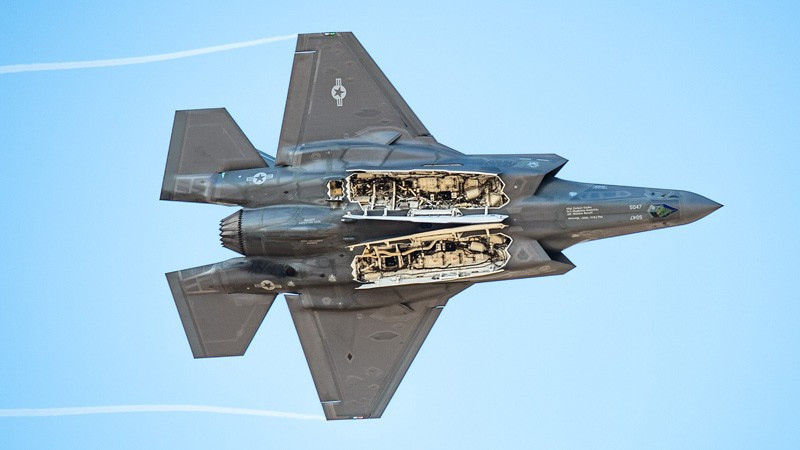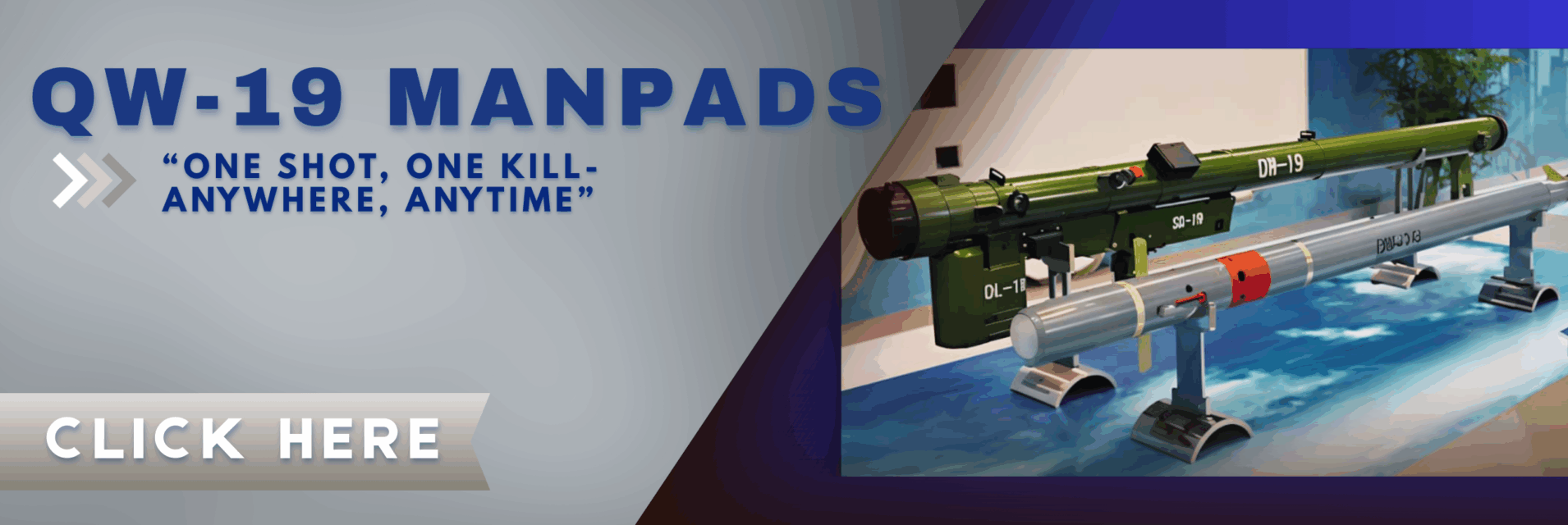Fourth Israeli F-35 Destroyed by Iran? Tehran Boasts Stealth Kill, IDF Refutes
Despite Iran’s bold assertions, the Israel Defense Forces (IDF) continue to categorically reject all shootdown claims.
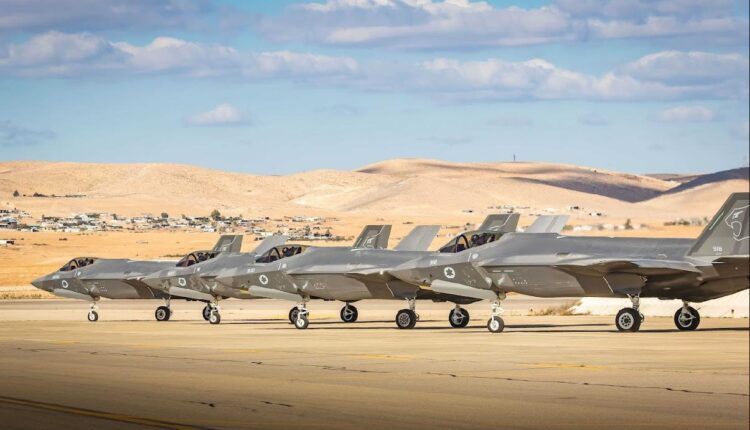
(DEFENCE SECURITY ASIA) — Iran has claimed to have successfully shot down a fourth Israeli F-35 stealth fighter jet, allegedly intercepted by its air defence systems over Tabriz, northwestern Iran, marking what it describes as a pivotal moment in the evolving air war with Israel.
According to Iranian state broadcaster Press TV, the fifth-generation fighter jet was downed while attempting a high-altitude airstrike on military installations near Tabriz, using advanced detection and interception systems from Iran’s layered and increasingly indigenous air defence network.
Tehran hailed the engagement as evidence of the country’s “mature and fully operational” air defence architecture, comprising systems such as the Bavar-373, Khordad-15, and S-300, which it claims are now capable of detecting and engaging stealth platforms like the F-35, often dubbed the most advanced combat aircraft in the world.
Iranian Armed Forces issued a statement saying:
“We are in total control of our airspace. Every hostile intrusion will meet decisive and lethal resistance.”
Timeline of Claimed F-35 Losses by Iran
Iran now claims it has shot down four Israeli F-35s since the conflict erupted last Friday:
-
The first F-35 was allegedly destroyed on Day One of the war, during a precision strike mission targeting the Natanz nuclear facility near Isfahan. Iranian special forces claim to have recovered debris from the crash site.
-
The second jet was reportedly downed near Kermanshah, with Tehran citing successful “multi-spectrum tracking” that overcame the F-35’s stealth design.
-
The third aircraft was said to be shot down over Bandar Abbas, as it attempted to strike Iranian naval facilities on the southern coast near the Persian Gulf.
-
Now, the fourth F-35, taken out over Tabriz, has elevated Tehran’s claim into a potential strategic inflection point.
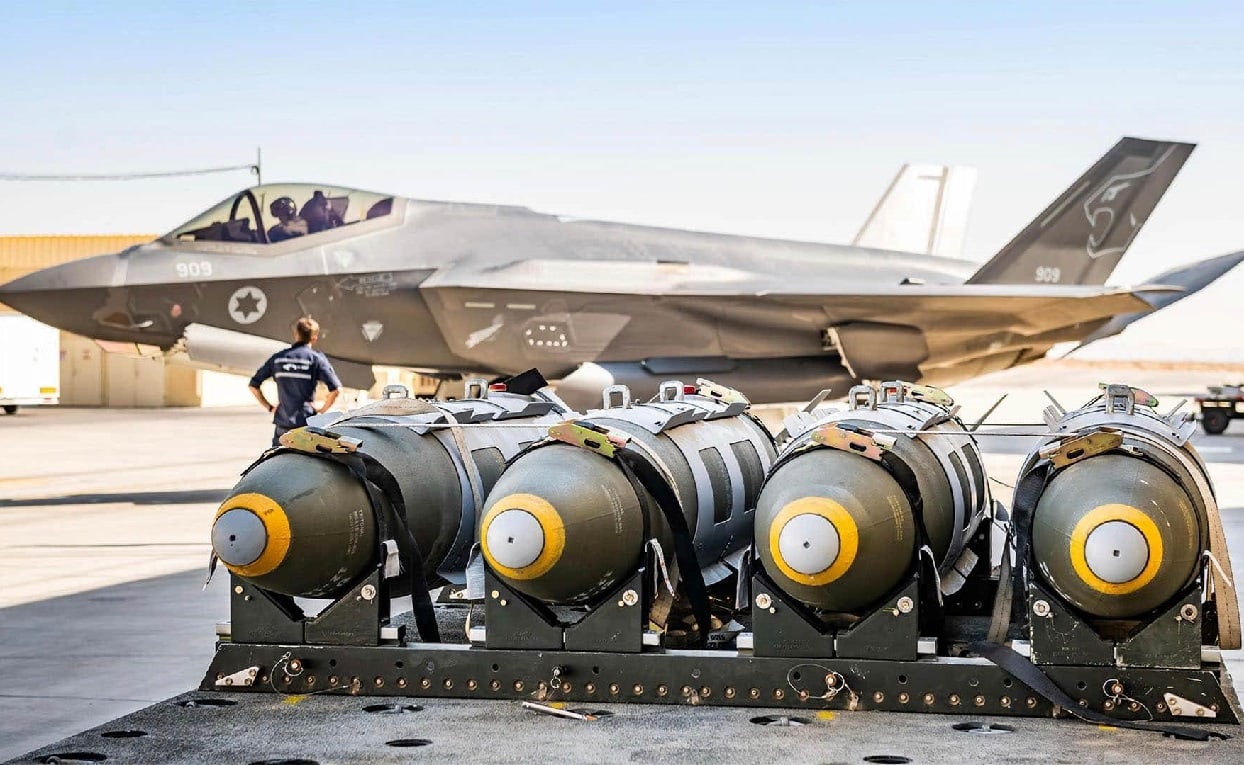
Iran asserts that two Israeli pilots are currently in Iranian custody, while one was “neutralised” after ejecting from a previous mission. Although no visual evidence has yet been presented, Iran insists that “classified proof” of all incidents exists.
Press TV proudly proclaimed:
“Iran has earned the distinction of being the first country in the world to successfully shoot down four fifth-generation F-35 fighters belonging to the Zionist regime.”
Israel’s F-35 Arsenal: Strength on Paper, Vulnerable in Practice?
Israel is currently the largest operator of the F-35 outside of the United States, having ordered a total of 75 F-35I “Adir” multirole stealth fighters, with over 39 jets already delivered and actively deployed by two operational squadrons at Nevatim Air Base.
The Israeli variant—the F-35I Adir (“Mighty”)—is a heavily customised version of the U.S. F-35A, incorporating domestic Israeli electronics, mission systems, electronic warfare suites, and weapons integration.
It is designed to operate deep behind enemy lines, penetrate dense air defences, and deliver precision strikes with minimal radar signature.
The jet boasts sensor fusion, network-centric combat systems, long-range precision weaponry, and a radar cross-section smaller than a golf ball, according to Lockheed Martin.

Yet Iran claims to have neutralised these advantages using a hybrid of long-wave radars, signal triangulation, optical tracking systems, and overlapping defensive sectors, reportedly developed in collaboration with regional and international partners.
IDF Response: “Fake Iranian Media”
Despite Iran’s bold assertions, the Israel Defense Forces (IDF) continue to categorically reject all shootdown claims.
Colonel Avichay Adraee, spokesperson for the IDF’s Arabic-language division, dismissed the reports as disinformation:
“Fake Iranian media. This news being spread by Iranian media is completely baseless.”
No independent confirmation has been provided to validate either side’s claims, but the stakes are mounting both militarily and diplomatically.
Strategic Impact: U.S. Cuts F-35 Orders as Confidence Wanes
Ironically, the controversy comes as the U.S. Department of Defense slashes its F-35A acquisition plans for FY2026, cutting procurement by 50 percent—from 48 aircraft to just 24—with a reduced budget of US$3.5 billion (RM16.5 billion) and an additional US$531 million (RM2.5 billion) in associated costs.
This dramatic pullback, reported by Bloomberg, comes in the wake of declining performance metrics, including a 2025 mission-capable rate of only 51.5 percent well below the Air Force’s 75 percent operational target.
The programme continues to suffer from parts shortages, long maintenance cycles, and high cost-per-flight hour, raising concerns about the long-term sustainability of what is already the most expensive weapons system in U.S. history.
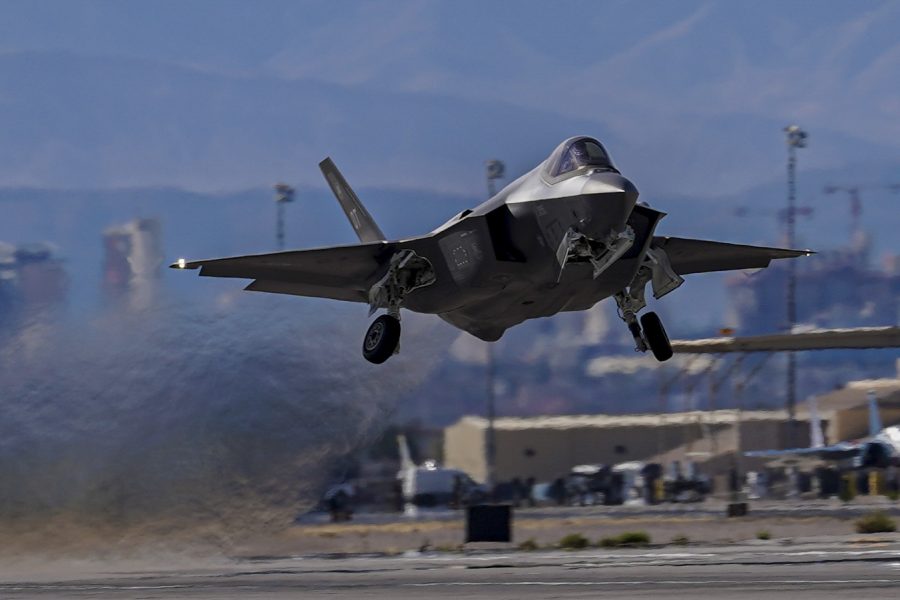
Even a US$11.8 billion (RM55.4 billion) Lot 18 contract signed in December 2024 for 48 F-35As may not be enough to reverse growing skepticism.
Meanwhile, Lot 19’s delivery is delayed, and Boeing’s sixth-generation F-47 stealth platform is gaining momentum as a next-generation alternative.
2026 Pentagon Aircraft Procurement Plan (USD to MYR):
-
US$205 billion (RM962 billion) total procurement budget
-
US$24.8 billion (RM116.4 billion) for aircraft acquisition
-
US$4.7 billion (RM22.1 billion) for B-21 Raider stealth bomber
-
US$2.5 billion (RM11.7 billion) for F-15EX
-
US$2.8 billion (RM13.1 billion) for KC-46A tankers
-
US$387.1 million (RM1.8 billion) for hypersonic ARRW missile
Two budget versions have been submitted to Congress—one contingent on President Donald Trump’s reconciliation bill—reflecting ongoing uncertainty over U.S. defence procurement in 2026.
